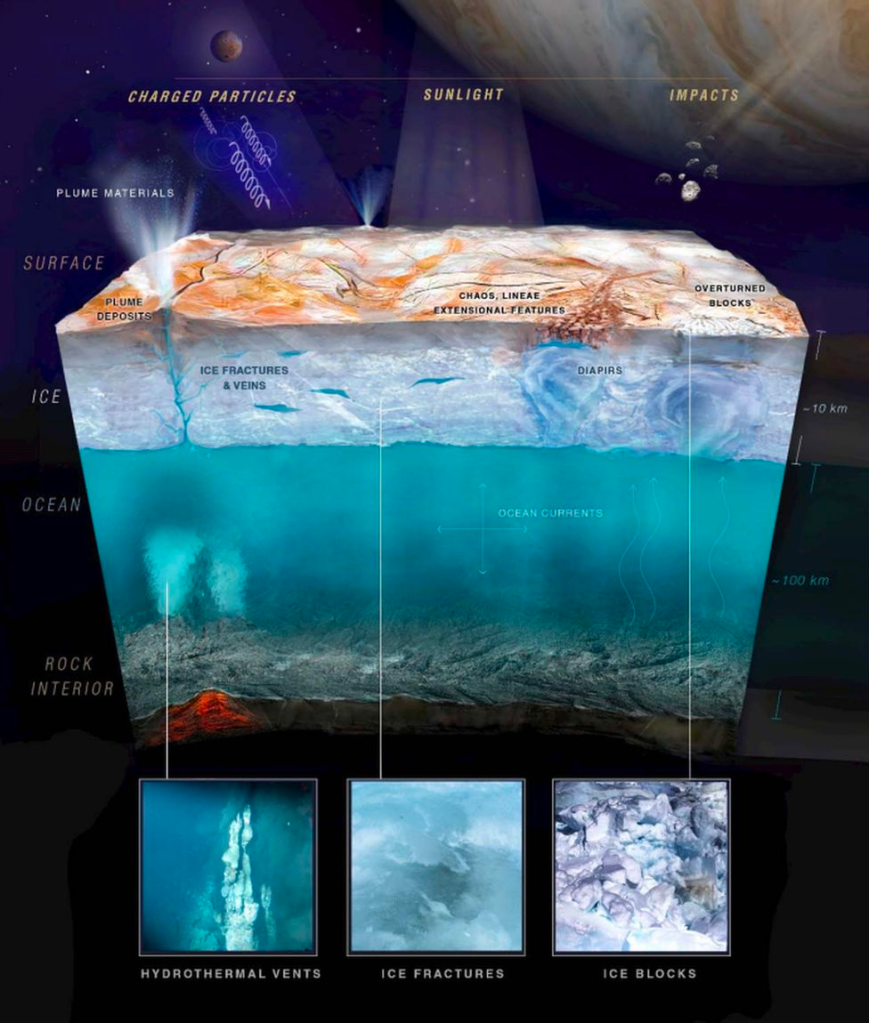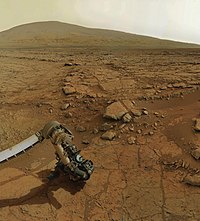Many people, myself included, may have assumed that life developed here on Earth and evolved from there. However, other promising theories suggest that life may have originated elsewhere and then traveled to Earth on meteorites. These theories are called panspermia theories.
Although space is a very harsh vacuum environment, experiments have determined that a number of organisms on Earth could survive for a while in space, such as tardigrades, the organism shown below. Tardigrades can be found alive in a variety of extreme conditions. Other organisms, mainly bacteria, were found to be able to survive under space conditions as well.

The most likely theory of where else Earth life could have originated is Mars. Scientists have found that molybdenum, an element thought to be crucial to the formation of life, was available in an oxidized form on the surface of Mars a long time ago. This element was unavailable on Earth at the time. Although the Mars theory is fascinating and cannot yet be ruled out, many scientists still agree that the most likely scenario is that life formed on Earth. Additionally, slightly more exciting but unlikely theory states that life could have been purposefully directed to Earth by another intelligent species.
Where do you think life on Earth came from?










